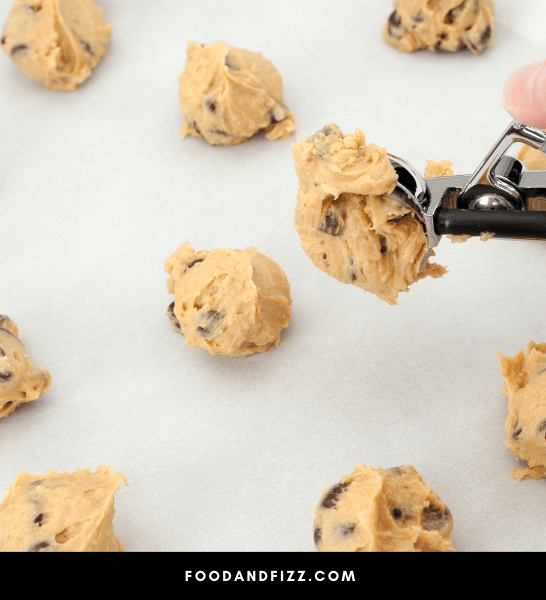You’ve whipped up a dough or a batter, and with one finger on the recipe and a smudge of flour on your cheek, you’ve come to this fateful instruction: form one inch balls and place them on the baking sheet.
But how much are one-inch balls in tablespoons? Read on to find the answers to this and other questions about the crazy world of baking measurement.
1 Inch Balls In Tablespoons
One inch balls in baking are equivalent to about 1.74 teaspoons, or a little more than a half tablespoon (0.58). A more accurate measure might come from a cookie scoop or a disher. The #100 disher will provide a scoop that is 4 teaspoons (0.64 tablespoons), the closest equivalent to a one inch ball (2.62 cm).
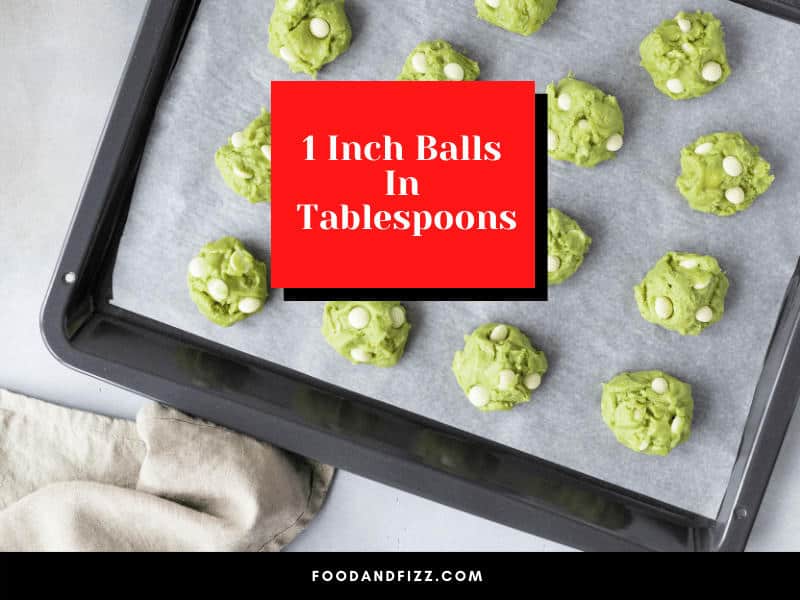
Baking with Balls
It’s hard enough that recipes can move between US and UK units of measure. Should I set the oven to 350 degrees or to 177? Should I measure out a cup of flour or 225 grams?
If the difference between ounces and fluid ounces was already too much for you to bear, recipes that call for dough and batter often opt for measures that depart from these systems entirely. What in the world is a rounded spoonful? Luckily, there’s a set of tools that are ballin’ when it comes to measuring scoops in the kitchen.
A Short History of Baking Scoops
A scoop is a rounded spoon that has long been used to transfer food from large containers to smaller ones. For a long time, the scoop wasn’t a precise measure. The emphasis was on speed, and taking the time to measure would slow down the transfer.
In 19th century Pennsylvania, a porter at a drug store and hotel, noticed that servers had trouble with ice cream sticking to spoons. Alfred Cralle went on to invent and patent the ice cream scoop, making him yet another unsung hero among African American inventors.
Cralle’s invention has the ingenious built-in scraper that allows for quick, one-handed operation. This innovation has preserved the original function of the speedy scoop, but has also made it possible to create more precise tools, with a number of other culinary benefits.
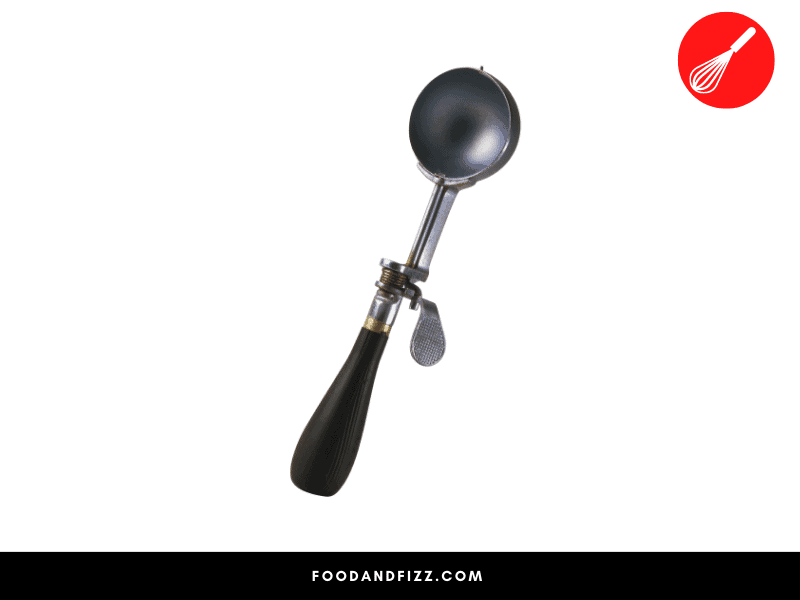
Different Kinds and Functions of Scoops
Speed
As many holiday home cooks know, the most important function and tool that has followed from Cralle’s hallowed ice cream invention is the speedy cookie scoop. Instead of poking one inch balls off a spoon with your finger, the cookie scoop can turn out hundreds of cookies in a fraction of the time.
Uniformity
Another advantage of using scoops is uniformity. Bakeries get a uniform rise on their muffins and cupcakes by using a scoop to portion the same amount of batter into each well of the baking tin.
Consistency
A scoop doesn’t just make the baked goods look nice. They also bake more consistently. When baking drop cookies or muffins, if a smaller amount spends the same time in the oven, it may bake more quickly and come out overdone. Worse, a larger amount could be raw on the inside!
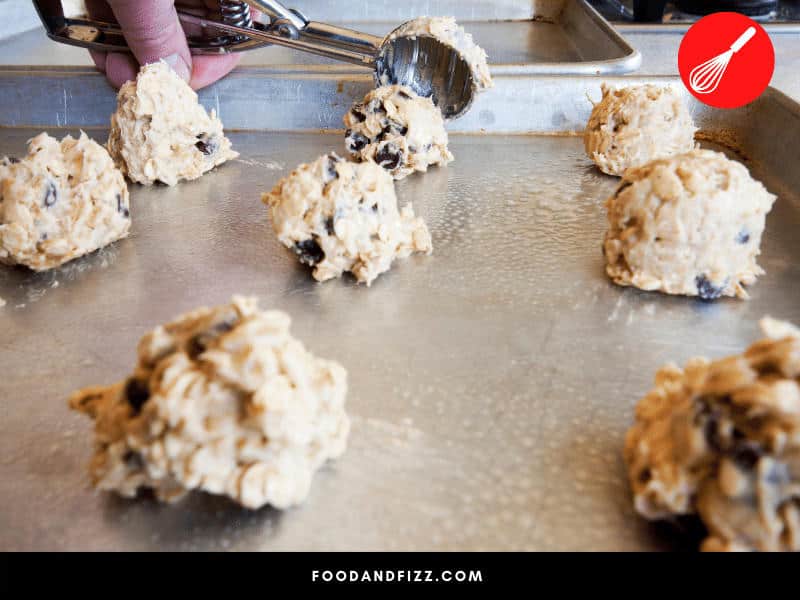
Cleanliness
Another advantage to using a scoop Is cleanliness. As fun as it might be to lick your finger after portioning out each ball of dough from the spoon, your guests might appreciate a more hygienic preparation.
And whoever cleans the kitchen will also have less to contend with if the dough or batter can be thoroughly and efficiently scooped instead of poured and splattered.
The Standard Scoops
While one-inch balls is somewhere in between teaspoons and tablespoon, the standard scoops have many potential uses.
Teaspoon Scoop
The teaspoon scoop may seem like a single-use tool for reserved for chefs, but in fact it has many home kitchen uses. For example, in addition to making cookies and mini-cupcakes, or scooping equal balls of fruit, it can be used to portion out salad dressings and sauces.
Tablespoon Scoop
The tablespoon scoop also has uses beyond the traditional cookie or muffin recipe. For example, it’s a good size for making uniform-looking and consistently cooked meatballs.
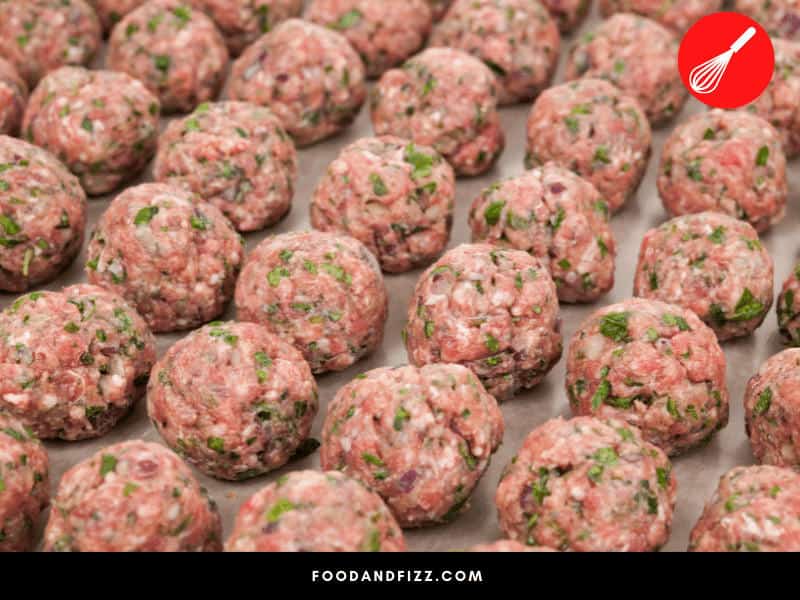
The Jumbo Scoop
A larger scoop also has uses beyond the muffin and scone (don’t forget Alfred Cralle as you scoop your ice cream!). Making pancakes, waffles, and crêpes gets a lot less messy when you scoop the batter instead of pouring. And even measuring rice is easier with a scoop.
Other Sizes
Beyond the standard sizes, how can you tell what size disher to choose? Thanks to Alfred Cralle, the scoop is based on (you guessed it) units of ice cream. So a #20 disher would give you 20 scoops from a quart of ice cream. Here’s a quick guide to other sizes:
#16 scoop = 4 Tablespoons = 2 fluid ounces
#20 scoop = 3.2 Tablespoons = 1.6 fluid ounces
#24 scoop = 2.67 Tablespoons = 1.33 fluid ounces
#30 scoop = 2.13 Tablespoons = 1.07 fluid ounces
#40 scoop = 1.6 Tablespoons = 0.8 fluid ounces
#50 scoop = 1.28 Tablespoons = 0.64 fluid ounces
#60 scoop = 1.07 Tablespoons = 0.53 fluid ounces
#70 scoop = 0.91 Tablespoons = 0.48 fluid ounces
#100 scoop = 0.64 Tablespoons = 0.32 fluid ounces

Frequently Asked Questions on 1 Inch Balls In Tablespoons
What’s the Difference Between A One-inch Ball and a Rounded Spoonful?
A rounded teaspoon is a bit less than a one-inch ball, but King Arthur chefs suggest the #100 scoop for recipes that call for a “teaspoonful” of dough. A heaping tablespoon probably corresponds to a #40 scoop.
How Can I Make a One-inch Ball Without a Scoop?
If you’re looking to make a ball with less mess and better hygiene than the old one-finger method, try using a combination of utensils (like two spoons, or a spoon with a spatula). Scoop the dough or batter with the spoon to measure and then slide and shape it onto the sheet with the other tool.
Why Does the Dough or Batter Need to Be Measured in a Ball Anyway?
A rounded ball of dough or batter will bake up more evenly than an irregular splotch. This is why scoops make for more uniform and consistent baking.

